A civil rights landmark in Mississippi, a Native American site in California and a public housing complex in Texas may have little in common at first glance, but a recent list brings them all together in the name of preservation.
The National Trust for Historic Preservation has unveiled this year's list of America's 11 Most Endangered Historic Places. The nominations bring a sliver of hope to a diverse set of buildings, landscapes and historic neighborhoods, which would be destroyed or face irreparable damage without immediate advocacy.
In the 33-year history of this list, over 300 places have been declared under imminent threat, and 95 percent of them have been saved. "One of our priorities in all of our work at the National Trust is to utilize historic places of all kinds to tell the full history of our country," says Katherine Malone-France, the Trust’s chief preservation officer. "Because a truer national narrative is a firmer foundation for our shared values and identity."
To build the list, the Trust combs through hundreds of applications, looking for sites that are threatened but have strong local support fighting for their survival. "We're looking for sites that have a solution or vision for their future that allows them to be preserved, but also carries their legacies forward," says Malone-France. "The purpose of the list is to elevate these places, then also to elevate ways in which people can take action—signing a petition, contacting a particular entity, learning more about the place through different digital resources."
For many of these sites, a lack of funding has been the biggest obstacle. "But preservation is also about standing up for a place and then sharing why that place is important and being joined by someone else, and someone else,” says the chief preservation officer, “until there’s an army of people." By building this list, the goal of the National Trust for Historic Preservation is to build up these armies and preserve the nation’s architectural and cultural heritage before many of these sites reach the point of no return.
Alazan-Apache Courts, San Antonio, Texas
Steeped in rich history, the Alazan-Apache Courts, or Los Courts, is the oldest and largest public housing complex in San Antonio. Opened in 1940 as segregation-era housing for Mexican Americans, the three-building complex is located in West Side, a rapidly gentrifying neighborhood.
Today, Los Courts houses 1,700 low-income families, yet the San Antonio Housing Authority has targeted the site for demolition, paving the way for mixed-income housing. "It's a particularly important time for the Alazan-Apachi Courts because we are, as a country, challenged by needing to provide affordable housing," says Malone-France. "It's a choice between demolition and rehabilitation, and we would like to see these buildings rehabilitated so they continue to be in service."
Malone-France cites Austin's Santa Rita Courts as an example. The 1937-era public housing development, which played a symbolic role in the desegregation of public housing in Austin, was listed on the National Register of Historic Places in 2006. Along with Austin’s Rosewood Courts, Santa Rita was the first African American housing project in the U.S. A successful example of publicly funded preservation, Santa Rita Courts was redeveloped by the local public housing authority and currently provides 97 units of rental housing for low-income families.
In the same vein, Alazan-Apache is a crucial part of Mexican American history in a city that cultural geographer Daniel Arreola calls the Mexican American culture capital. "A combination of historic tax credits and rehabilitation assistance programs can be combined to make [Alazan-Apache Courts] environmentally sustainable," says Malone-France.
Hall of Waters, Excelsior Springs, Missouri
When the mineral waters of the Siloam Spring were discovered in 1880, they provided the only natural supply of iron manganese mineral water in the United States, and one of only five known worldwide. As it turns out, the city of Excelsior Springs, northeast of Kansas City, was built on about 40 different wells and springs of water.
Constructed in the 1930s and funded by the Works Progress Administration, the Hall of Waters became the city's first mineral water health resort. For decades, the facility bottled and sold four distinct types of mineral waters ranging from calcium and saline to iron manganese water. Designed by the architectural firm Keene & Simpson, the art deco building featured the world's longest water bar, a polio pool and a two-story solarium.
The popularity of health spas and hot springs took a nosedive in the 1960s as more modern medical treatments took over. The Hall of Waters was eventually shuttered, though it did make it on the National Register of Historic Places list in 1983.
Today, the art deco masterpiece operates as city offices and a tourism welcome center. With over $16 million in rehabilitation needs, most crucially for a new HVAC system and flood damage repairs, the Hall of Waters provides a unique opportunity to learn about the history of Excelsior Springs.
Harada House, Riverside, California
Known as “The House on Lemon Street," the Harada House in Riverside, California, is a symbol of the struggle of one immigrant family for American freedom and citizenship. Around 1900, Jukichi Harada emigrated from Japan to the U.S. Fifteen years later, knowing that Japanese nationals were barred from owning property, he bought the house under the names of his three American-born children. Challenged in court, the Haradas were accused of violating an act aimed at restricting land ownership by Japanese immigrants. After a two-year trial, the Harada family was granted the right to retain the house, making the Harada House a powerful civil rights landmark.
The Harada family continued to live in Riverside until they were forced to leave when the U.S. government ordered the internment of all people of Japanese descent in 1942. They returned after the war, but after the last member of the Harada family died in 2000, the house has fallen into such disrepair it is now at risk of collapse.
"Lack of active use is a tremendous threat to any historic place,” says Malone-France. "It only compounds any other deterioration." Last month, the Harada House received a $500,000 grant from the Save America’s Treasures grant program. Now, the National Trust's designation will help local advocates who want to turn it into a museum raise the remaining $6.5 million needed to preserve the house. "Places are incredibly important in telling the history of struggle for civil rights. They are primary sources that tell us the truth about ourselves." says Malone-France. "You can read history in a book, or watch a film about it, but to be in the place has an incredible power."
National Negro Opera Company House, Pittsburgh, Pennsylvania
The National Negro Opera Company was the first African American opera company in the United States. Sitting on top of a hill in Homewood West, a predominantly black neighborhood of Pittsburgh, the Victorian-style manor, with its steeple and wraparound porch, served as the Opera's headquarters until 1962. It has lain vacant ever since.
The NNOC was established by Mary Cardwell Dawson in 1941. Facing discrimination in her aspiration for a career as an opera singer, Dawson turned to activism, standing up against racial barriers of the period by becoming an advocate for black musicians. Soon enough, the NNOC became a training ground for rising black talent. The home also provided temporary rooming quarters for singer Lena Horne and professional athletes, such as Steelers players Roy Jefferson, John Nesby and Marvin Woodson and Pittsburgh Pirates legend Roberto Clemente.
Today, the National Negro Opera Company House is severely deteriorated, its windows boarded up and its roof falling in. Local advocates are working with community partners to create a plan for stabilization and identify potential new uses that honor the building’s legacy.
Ponce Historic Zone, Ponce, Puerto Rico
Located in southern Puerto Rico, Ponce, or "Pearl of the South," is the island’s second largest city and a major contributor to its political, economic and cultural development. Founded in 1692, the city was Spain's capital of the southern region until it fell to the U.S. in 1898. Ranging from Spanish Colonial and art nouveau to art deco and neoclassical, the city's architecture reflects this rich history. With its Moorish-meets-Gothic Victorian style, the red-and-black 1882 fire station known as Parque de Bombas is an instantly recognizable icon of the city.
Ponce's downtown is one of the island's first and largest Designated Historic Zones. Over the past three years, two generation-defining natural disasters have caused extensive structural damage to Ponce's historic architecture—Hurricane Maria in 2017, and ongoing earthquakes this year. Local and government organizations are working on a Recovery Plan for the Ponce Historic Zone but they will need significant funding and support.
"This is the third year in a row that we have listed cultural sites in Puerto Rico," says Malone-Frances. "When we talk about telling the full history, we mean telling the full history."
Rassawek, Columbia, Virginia
In 1607, Captain John Smith set out to explore the Chesapeake Bay and its tributaries. On the map he created, published in 1612, Smith recorded five towns of the Monacan Indian Nation, including its historic capital Rassawek. Located at the confluence of the Rivanna and James rivers, now known as Point of Fork, Rassawek is the final resting place of Monacan ancestors—and a potential site for the construction of a water pump station.
Despite concerns that it could damage archaeological evidence of the historic Monacan Indian settlement of Rassewek, the James River Water Authority claims that the currently proposed location is logistically, and economically, the best option.
At a meeting in February this year, multiple alternative locations ranging from Bremo Bluff to Goochland County were put forward, but project consultants agreed that Point of Fork remained ideal. "There's always time to consider alternatives," says Malone-France. "These places that are deeply sacred to Native Americans, they are a part of our shared narrative, and they deserve protection and preservation."
Roberts Temple Church of God in Christ, Chicago, Illinois
In August 1955, Emmett Till, a black teenager from Chicago, was brutally murdered while visiting relatives in Mississippi, after being accused of whistling at a white woman. At the insistence of Till’s mother Mamie Till-Mobley, his body was shipped back to Chicago for an open casket funeral. “Let the people see what I’ve seen,” she told the funeral director.
The open casket funeral drew as many as 100,000 mourners who gathered outside the Roberts Temple Church of God in Christ, a sand-colored brick building in the Bronzeville neighborhood on the South Side of Chicago, to pay their respects.
Photographs of the funeral, including one of Till's disfigured body by photographer David Jackson, were published in Jet magazine and national and international media. These images forced an otherwise disengaged public to reckon with the brutality of racial segregation and helped catalyze the civil rights movement.
The church suffers from severe structural damage and has not hosted a full Sunday service in over a year. To ensure long-term viability, and the continuation of Till's story, the Roberts Temple Church of God in Christ needs rehabilitation.
Sun-n-Sand Motor Hotel, Jackson, Mississippi
In the summer of 1964, at the peak of the civil rights movement, an interracial, interfaith group of women came together to bridge the widening racial divide in Jackson, Mississippi. Conceived by Dorothy Height and Polly Cowan, and sponsored by the National Council of Negro Women, the group, which came to be known as Wednesdays in Mississippi (WIMS), brought black and white women from Northern cities to Mississippi, and worked woman to woman, opening lines of communication between black and white Mississippi women.
Many of the group's members stayed at the Sun-n-Sand Motor Hotel, where WIMS regularly hosted integrated lunches. A vibrant part of Jackson's downtown for 40 years, the hotel closed its doors in 2002. The midcentury modern building, with its metal screens, large expanses of glass and Googie-style sign, has now sat vacant and deteriorating for nearly two decades. And while the Mississippi Heritage Trust has been advocating for the building's preservation for more than 15 years, in 2019, the State of Mississippi purchased the Sun-n-Sand with plans to raze it, and, as Joni Mitchell once sung, put up a parking lot. Preservationists are advocating for reuse, emphasizing not only the economic benefits of its rehabilitation, but also its cultural significance as a civil rights icon.
Terrace Plaza Hotel, Cincinnati, Ohio
Completed in 1948, the Terrace Plaza Hotel was one of the first post-war hotels in America. The 21-story, red brick hotel tower was designed by Natalie de Blois, a female pioneer in the male-dominated world of architecture. A partner at Skidmore, Owings and Merrill—one of the most influential architecture firms today, then just over 10 years old—de Blois went on to design several landmarks, most notably the Lever House in Manhattan and the Equitable Building in Chicago.
The Terrace Plaza Hotel is a testament to de Blois's trailblazing accomplishments, yet it has sat in a state of abandonment since 2008. Local advocates believe that rehabilitating the Terrace Plaza will not only preserve a key early modern landmark but also provide economic benefits for downtown Cincinnati. At a hearing earlier this year, the Cincinnati Historic Conservation Board voted 5-1 to recommend Terrace Plaza for landmarking—a crucial first step towards the preservation of a modernist landmark that has been mired in lawsuits over its crumbling facade.
"[The Terrace Plaza Hotel] tells important stories about the role of women in architecture, particularly post-war architecture," says Malone-France. "It's an innovative building. How can its new uses continue that legacy of innovation and great design?"
West Berkeley Shellmound and Village Site, Berkeley, California
The West Berkeley Shellmound and Village Site was the first Ohlone village on the shores of San Francisco Bay. Founded 5,700 years ago, the Ohlone settlement served as a burial and ceremonial ground, as well as a repository of shells, ritual objects and artifacts forming a massive mound.
After Spanish missions forced villagers to flee, and Gold Rush settlers later removed shell material to fertilize farms and line streets, the shellmound was leveled in the 1950s. The last remaining portion of the village, at 1900 Fourth Street, was landmarked by the City of Berkeley 20 years ago, but it is now threatened by the prospective construction of a five-story retail and apartment complex that would excavate 10-feet into the earth. Currently a paved parking lot, the site remains an active place of Ohlone prayer and ceremony, with burials likely remaining under the surface.
Advocates like the Coalition to Save the West Berkeley Shellmound would like the site to return to a more natural state, with native flora. Local Lisjan Ohlone leader, Corrina Gould, has even led a four-year effort to create a park by daylighting Strawberry Creek, which was historically used for bathing, and as a food and water source. Obstructions covering parts of Strawberry Creek, particularly around the UC Berkeley campus, have already been removed. The Trust's decision to include the West Berkeley Shellmound and Village Site is set to bring national recognition to the Coalition's cause.
Yates Memorial Hospital, Ketchikan, Alaska
Ketchikan is known as Alaska's "first city" for its location at the southern tip of the Inside Passage—a wildlife-filled water route between the Gulf of Alaska and Puget Sound. The Yates Memorial Hospital, built in 1905, is one of the oldest buildings in downtown Ketchikan's historic district.
Originally a clergy house for the Episcopal Mission, the two-story, Colonial Revival-style manor was repurposed in 1909, to serve as a 12-bed hospital during Ketchikan's growth. Nurses worked under very difficult conditions to care for the sick and injured, overcoming challenges in obtaining supplies and securing funds.
Despite local support to raise funds and restore the building to include a museum featuring the nurses' stories, the building has been vacant for 15 years and is now suffering from a failing roof, interior deterioration and crumbling foundations, which were built in tidewater. But with many of its original features, like operating rooms, a fireplace and the stairway, still intact, the Yates Memorial Hospital has many stories left to tell.
"I think the list is a vivid reminder and a vivid demonstration that great preservation work is going on all across this country," says Malone-France.
Planning Your Next Trip?
Explore great travel deals
Smithsonian magazine participates in affiliate link advertising programs. If you purchase an item through these links, we receive a commission.

/https://tf-cmsv2-smithsonianmag-media.s3.amazonaws.com/filer/8c/39/8c399be3-047a-40a4-bc84-29df7a1712a5/sun-n-sand_mobile.jpg)
/https://tf-cmsv2-smithsonianmag-media.s3.amazonaws.com/filer/5b/ea/5bea5fbe-3dbb-4031-8de5-0d92db874907/sun-n-sand_header.jpg)
/https://tf-cmsv2-smithsonianmag-media.s3.amazonaws.com/accounts/headshot/Elissaveta_M._Brandon.jpeg)
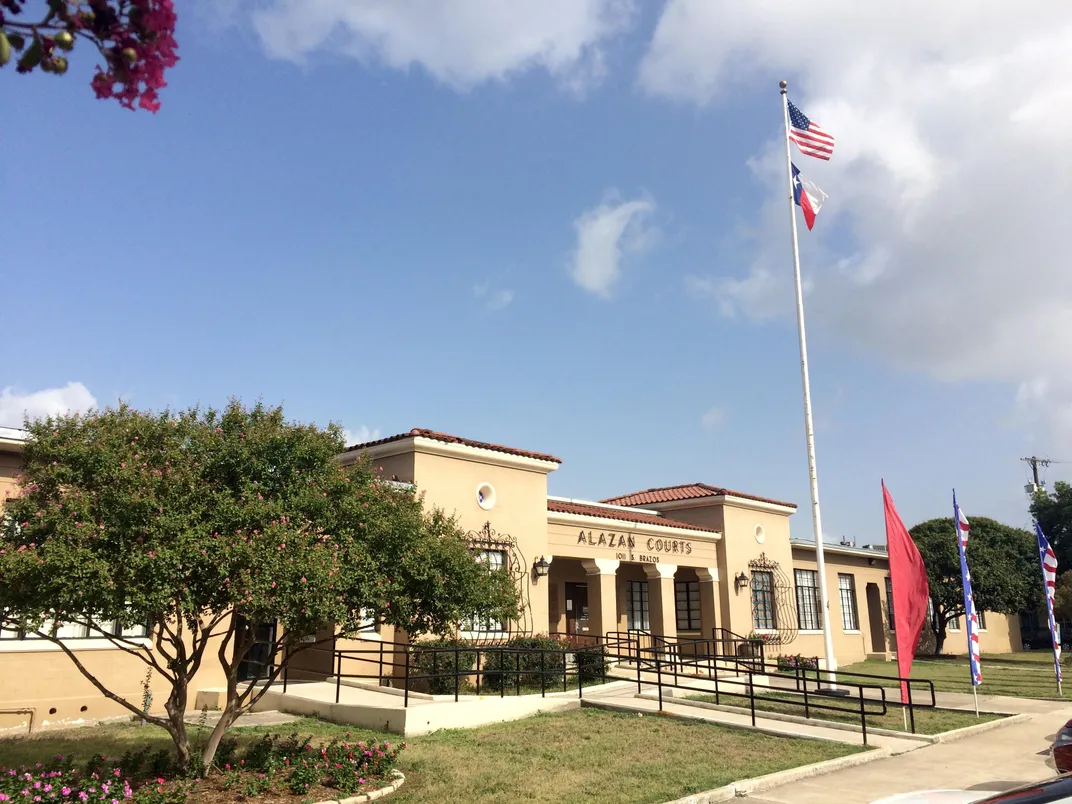

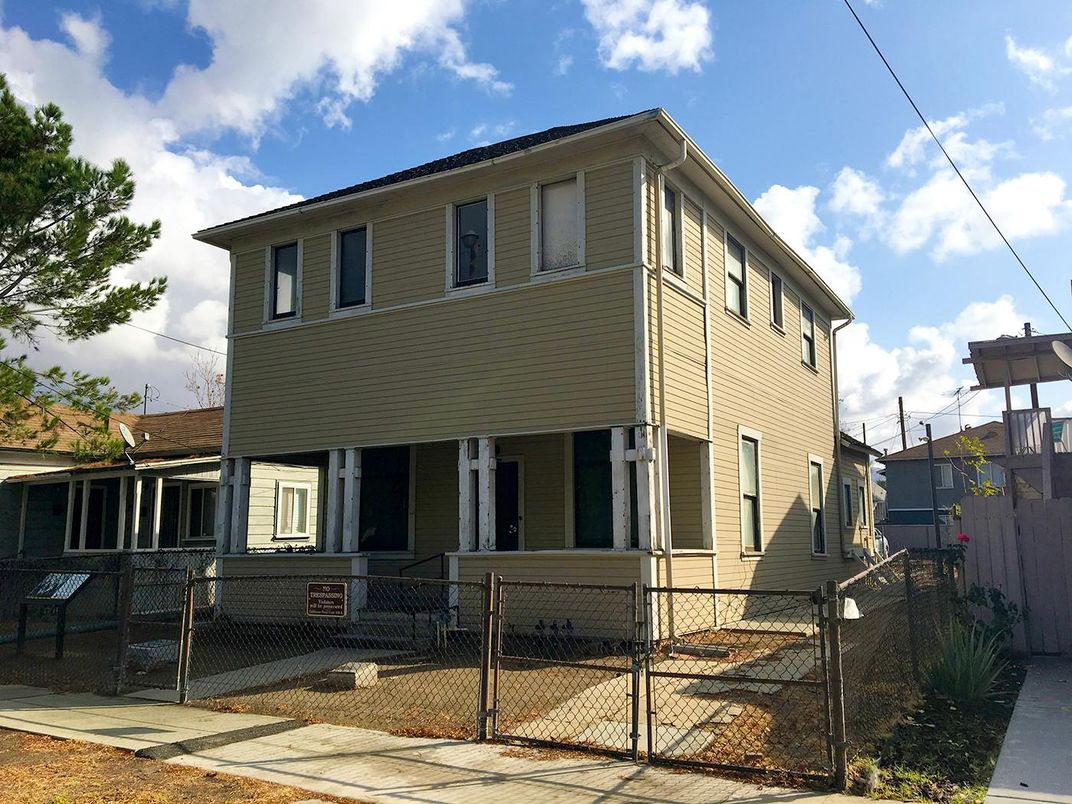
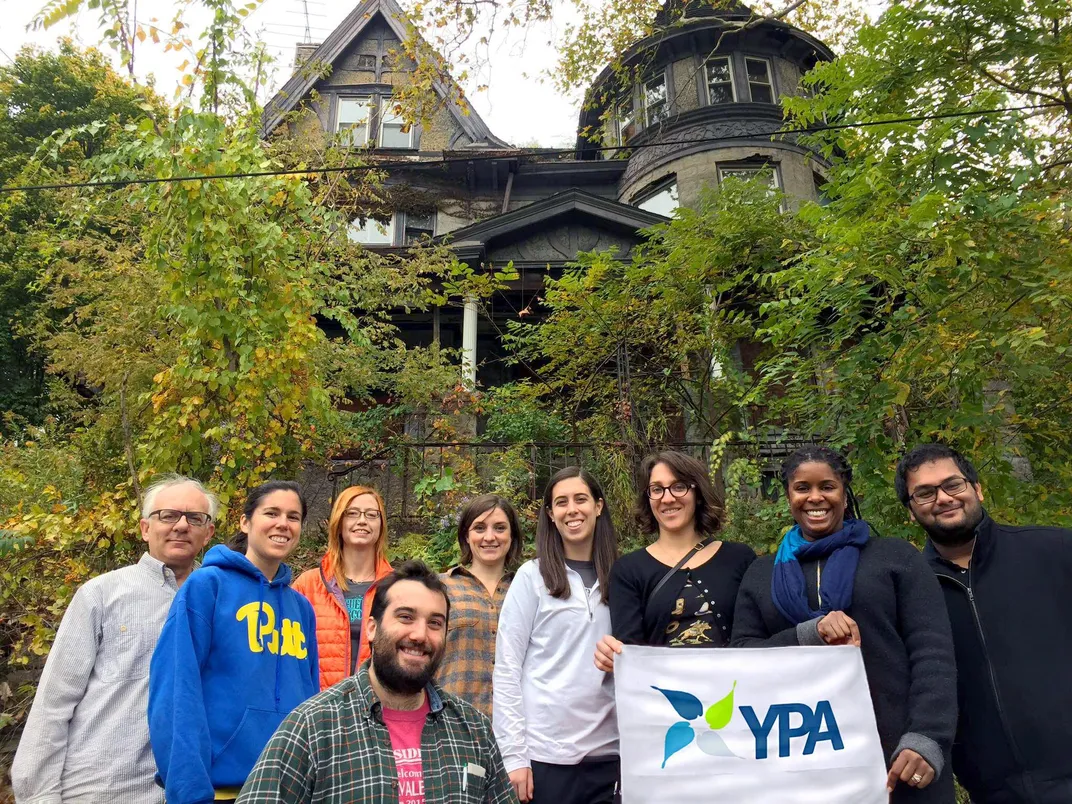
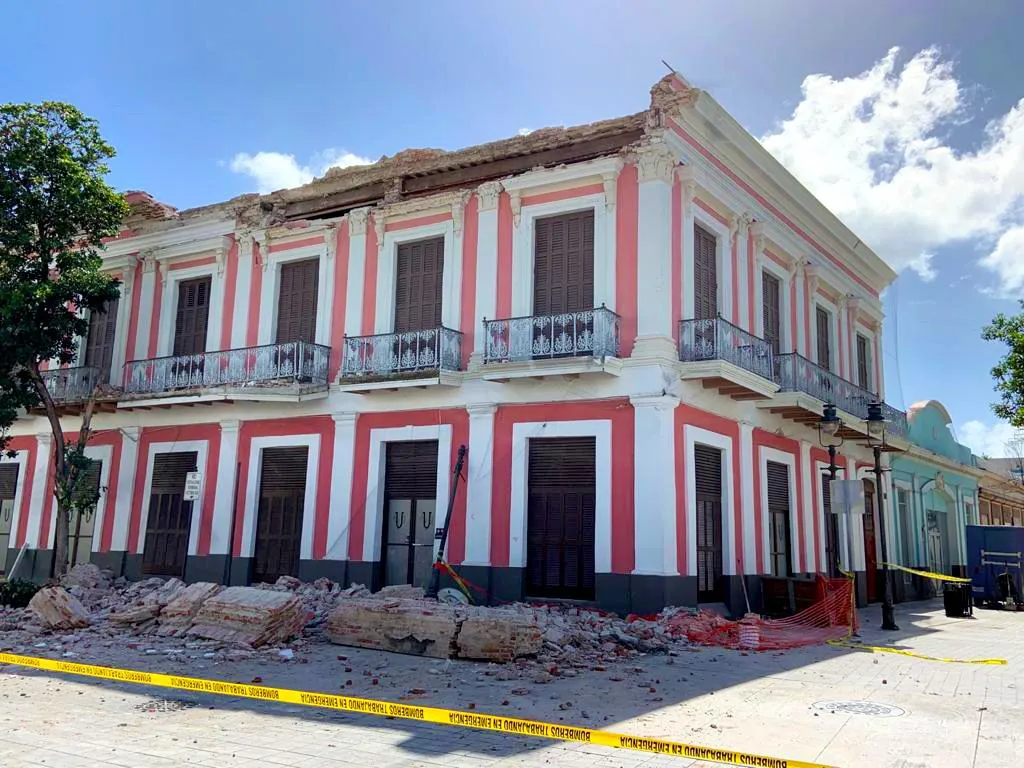

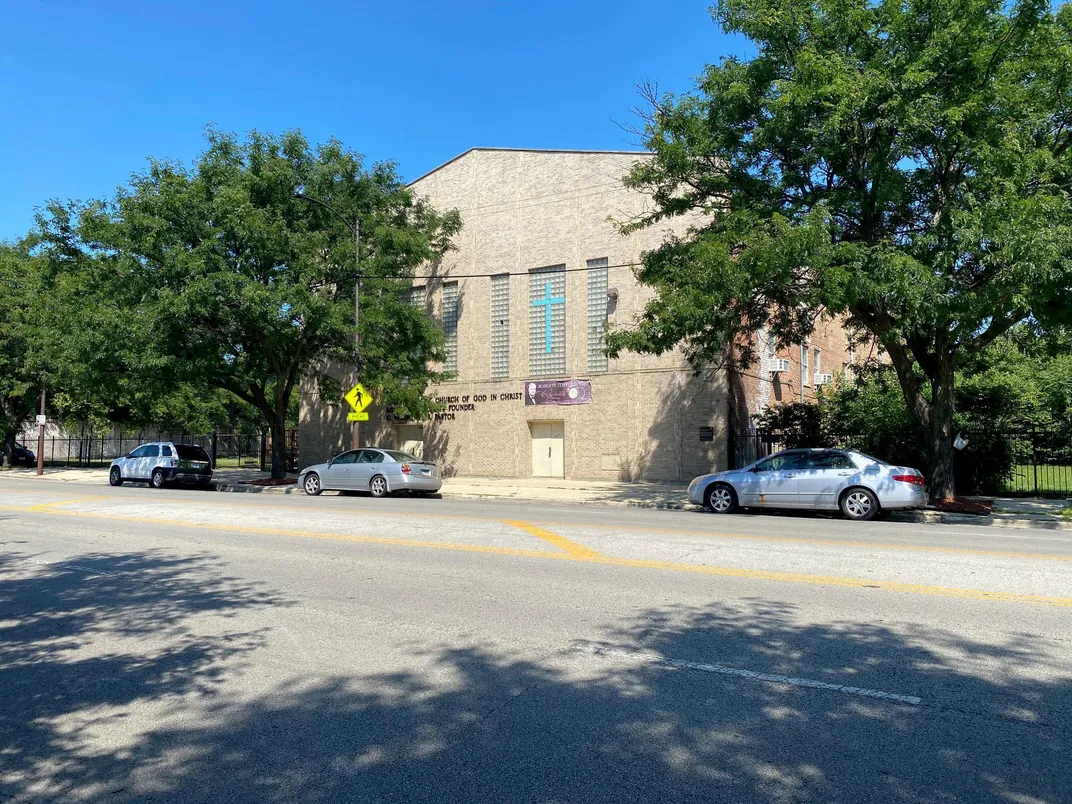



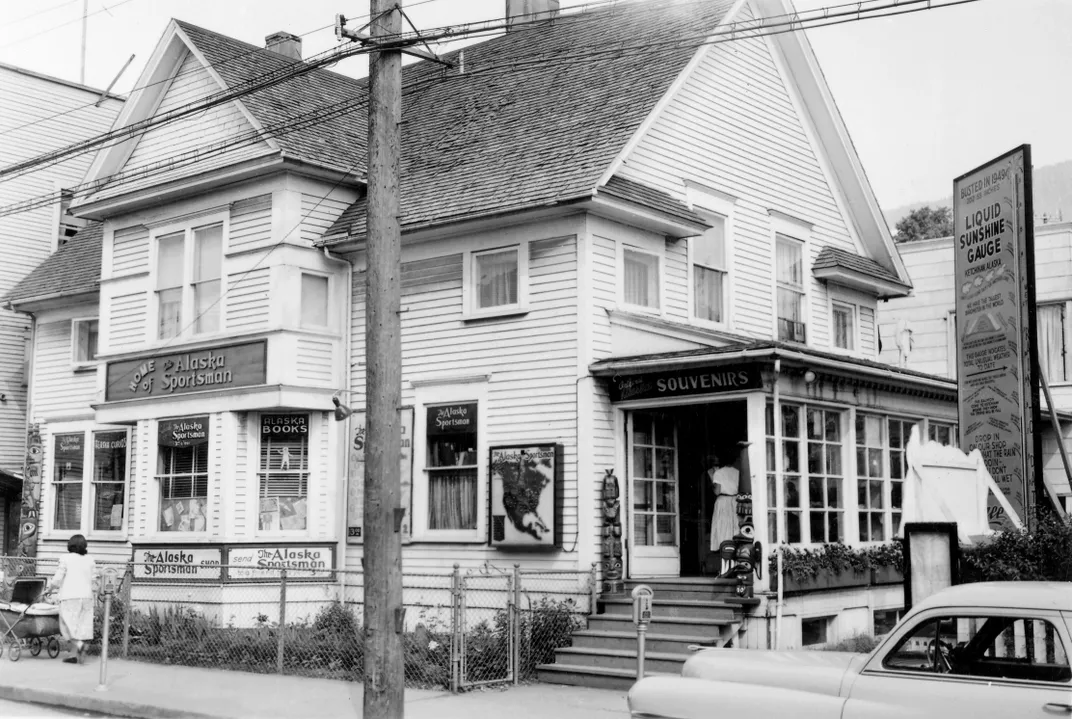
/https://tf-cmsv2-smithsonianmag-media.s3.amazonaws.com/accounts/headshot/Elissaveta_M._Brandon.jpeg)